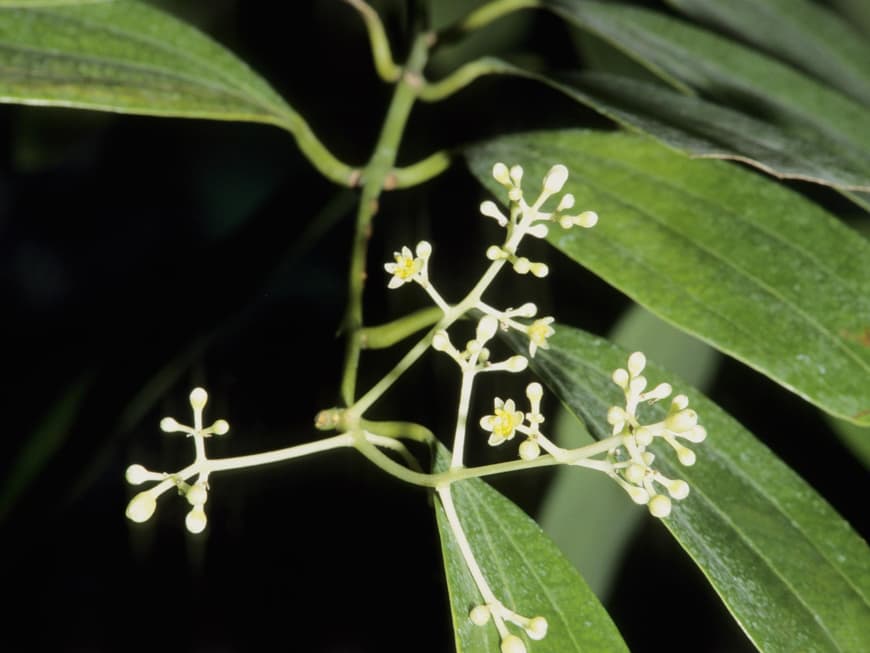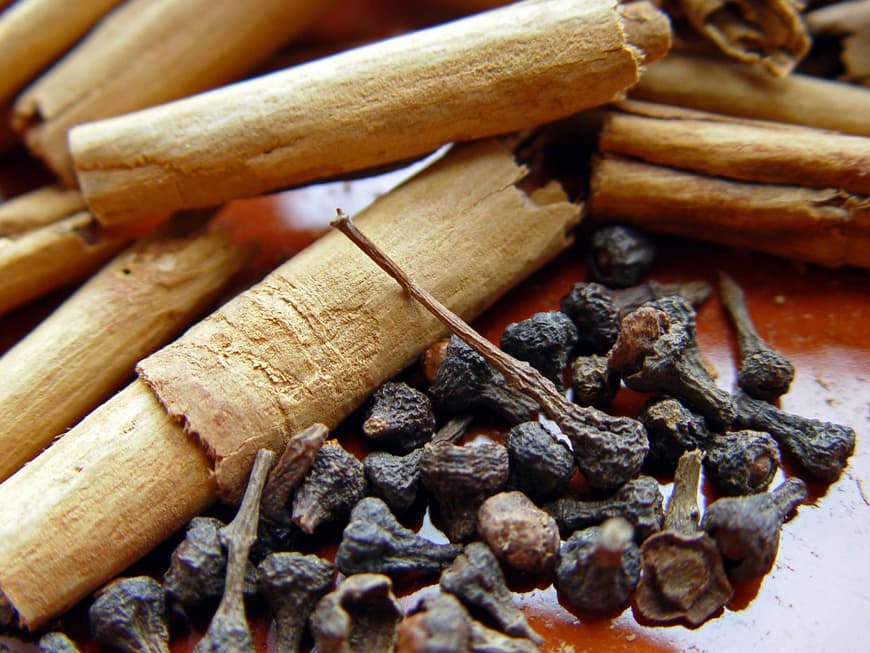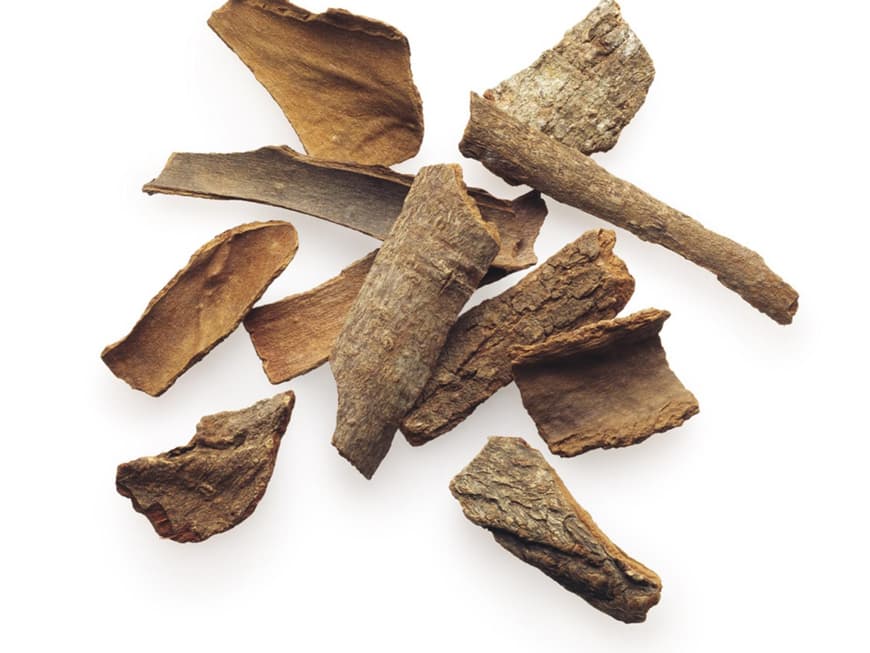Frostbite? Iwo!
We are reluctant to leave the house in winter without gloves, hat and scarf. No wonder, after all, it's proven to be in a woman's nature to be a frostbite. But at temperatures above freezing, even our warming accessories can hardly do any good.
The Swiss company PADMA AG, a leader in the research of herbal ingredients in Tibetan recipes, has therefore chosen cinnamon cassia as the beauty plant of the month for November. The spice, which is extracted from the bark of the Chinese cinnamon tree, has warming properties that we can benefit from!
A spice with a long history
The Tibetans particularly value its warming properties,
explains Dr. Lobsang Dripatsang, expert in Tibetan constitutional teachings at PADMA.
How do I use cinnamon cassia?
Cinnamon cassia is used as a spice, just like the much better known true cinnamon, also known as Ceylon cinnamon. The dried bark of the cassia is rolled into small rolls and sold as cinnamon sticks. Alternatively, it can also be processed into powder. This is often mixed with sugar so that it can be used as cinnamon & sugar to flavor desserts - for example on a crêpe or over rice pudding.
What does the beauty plant taste like?
The taste of cinnamon cassia is similar to that of "normal" cinnamon, but is somewhat more intense. It is described as strongly aromatic, sweet and warm, but also somewhat bitter and slimy.



